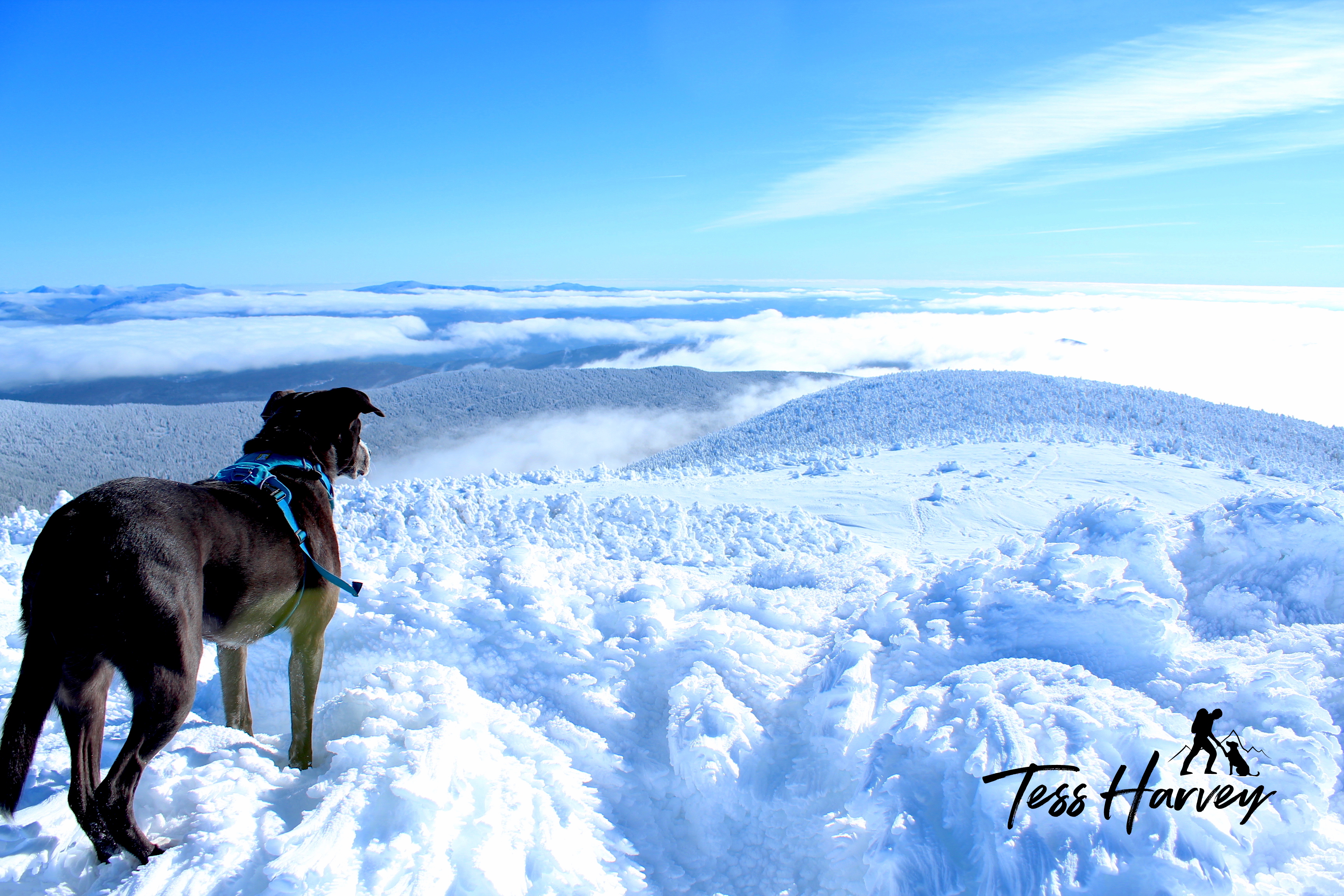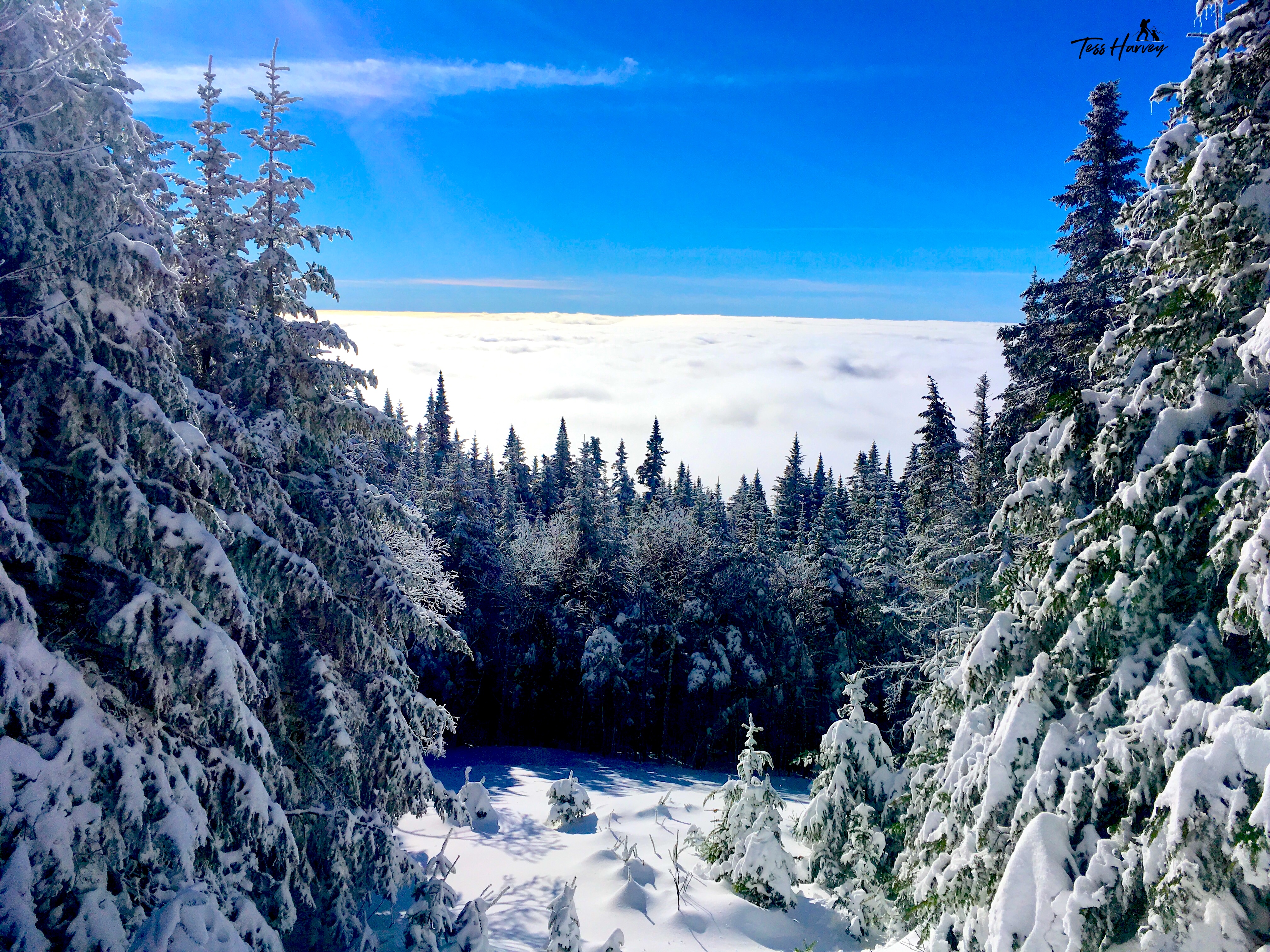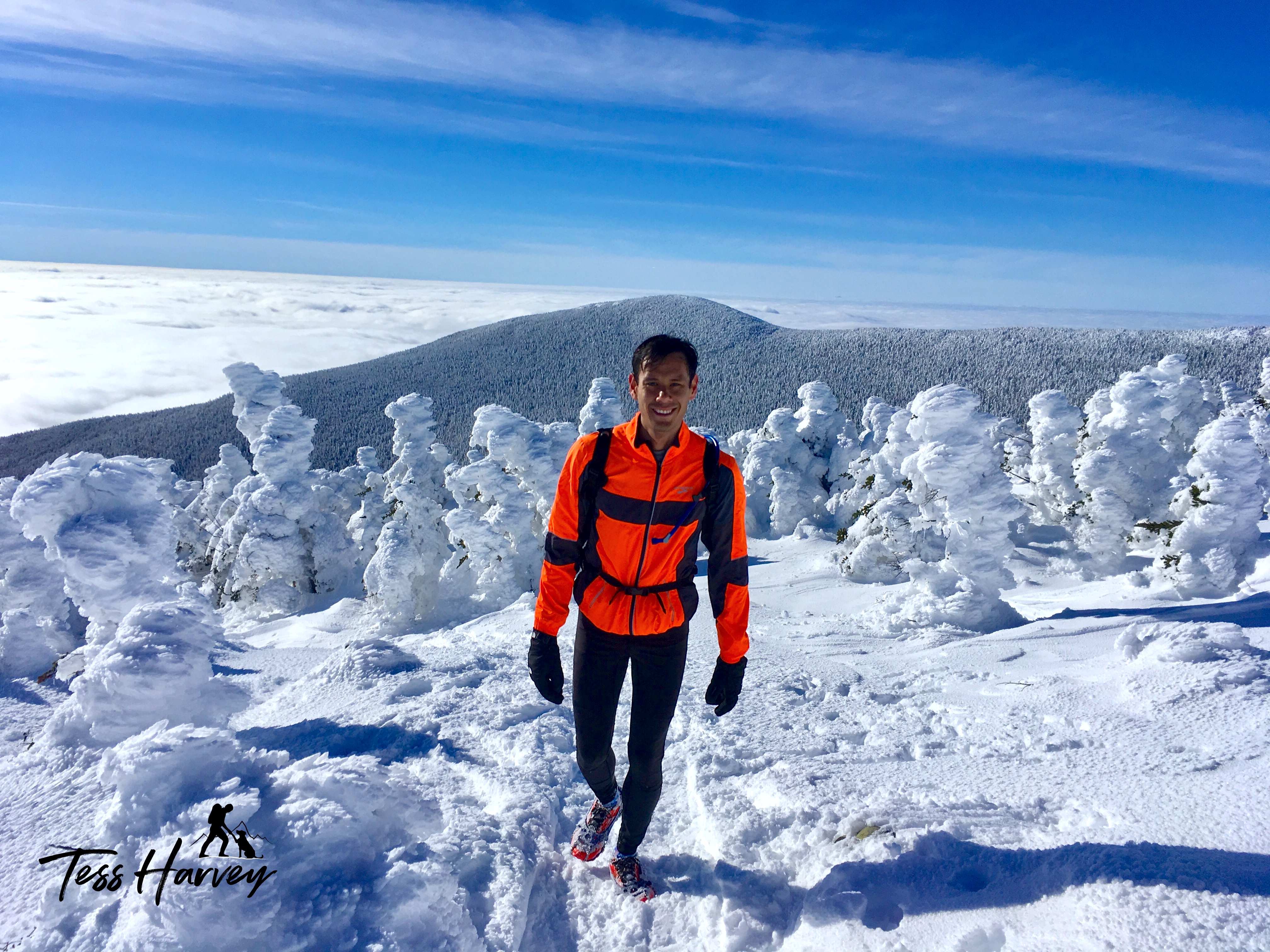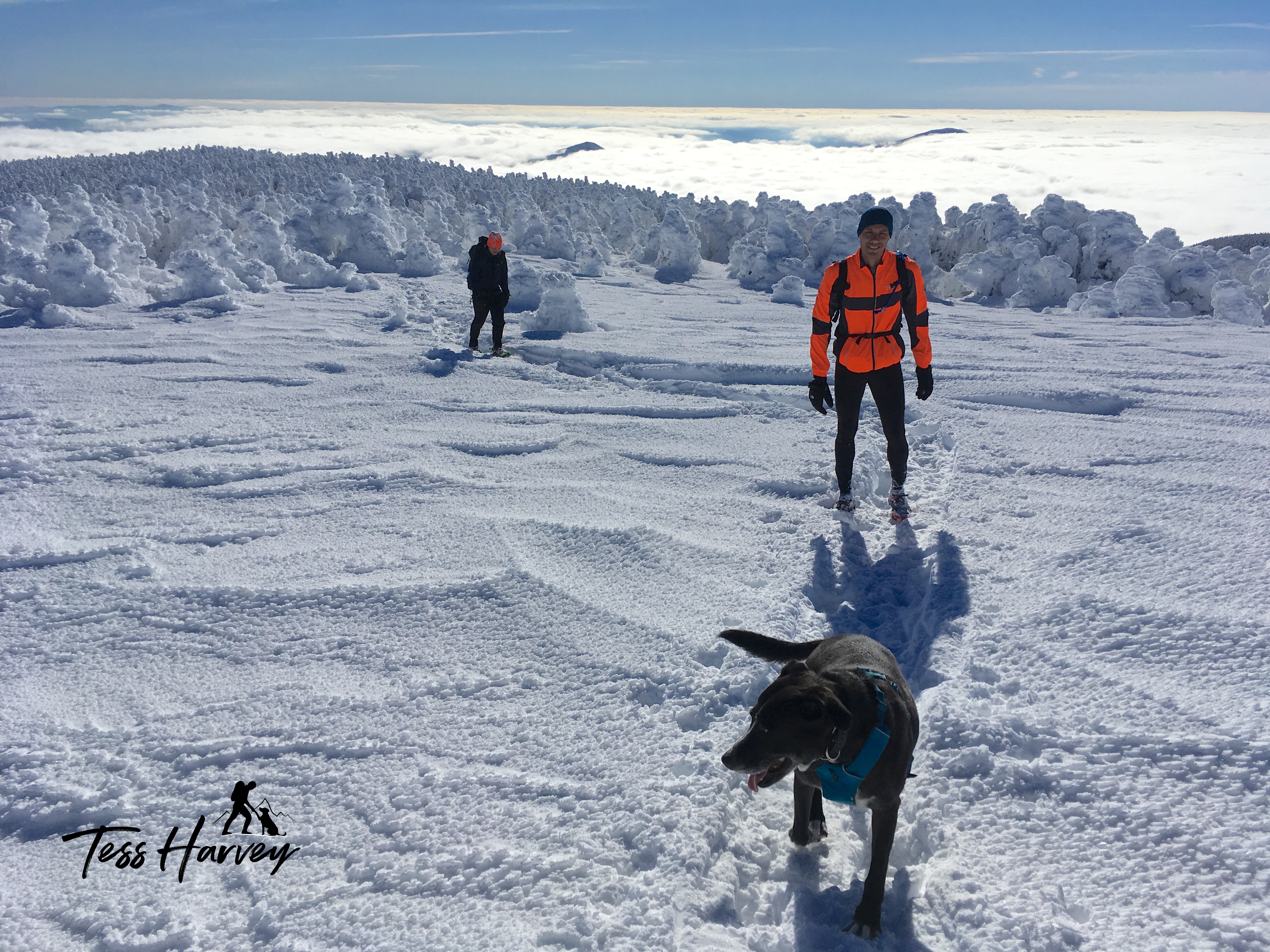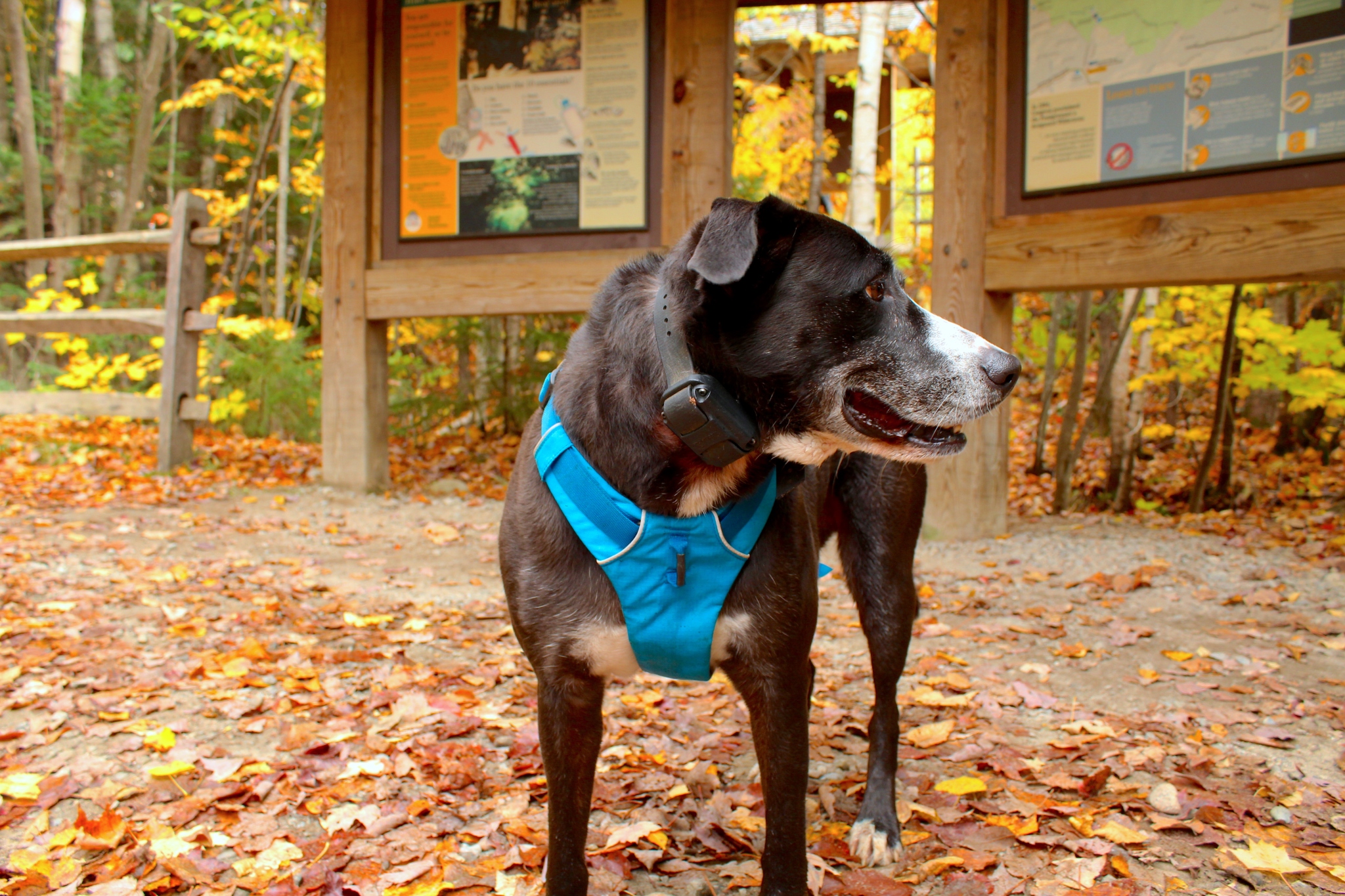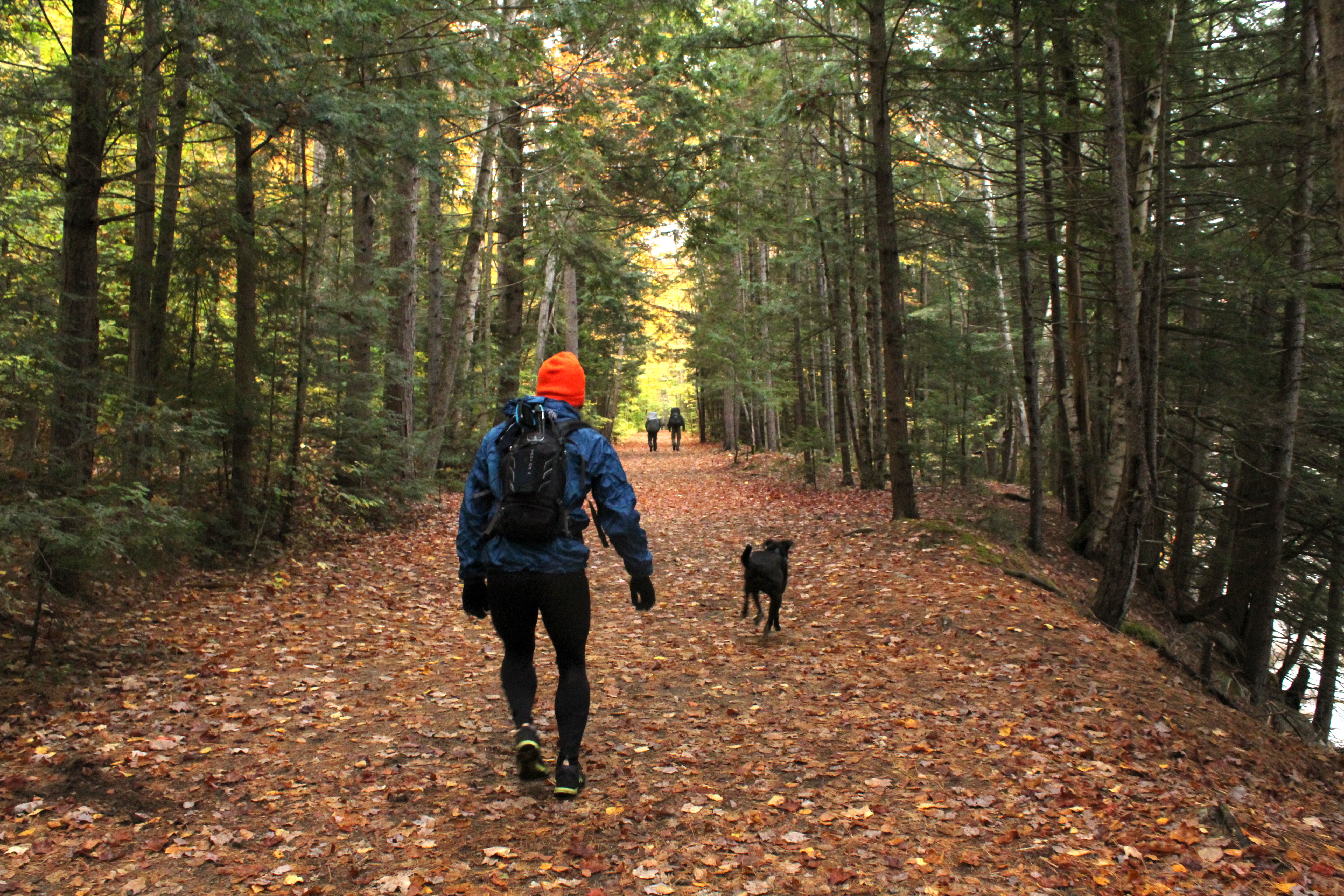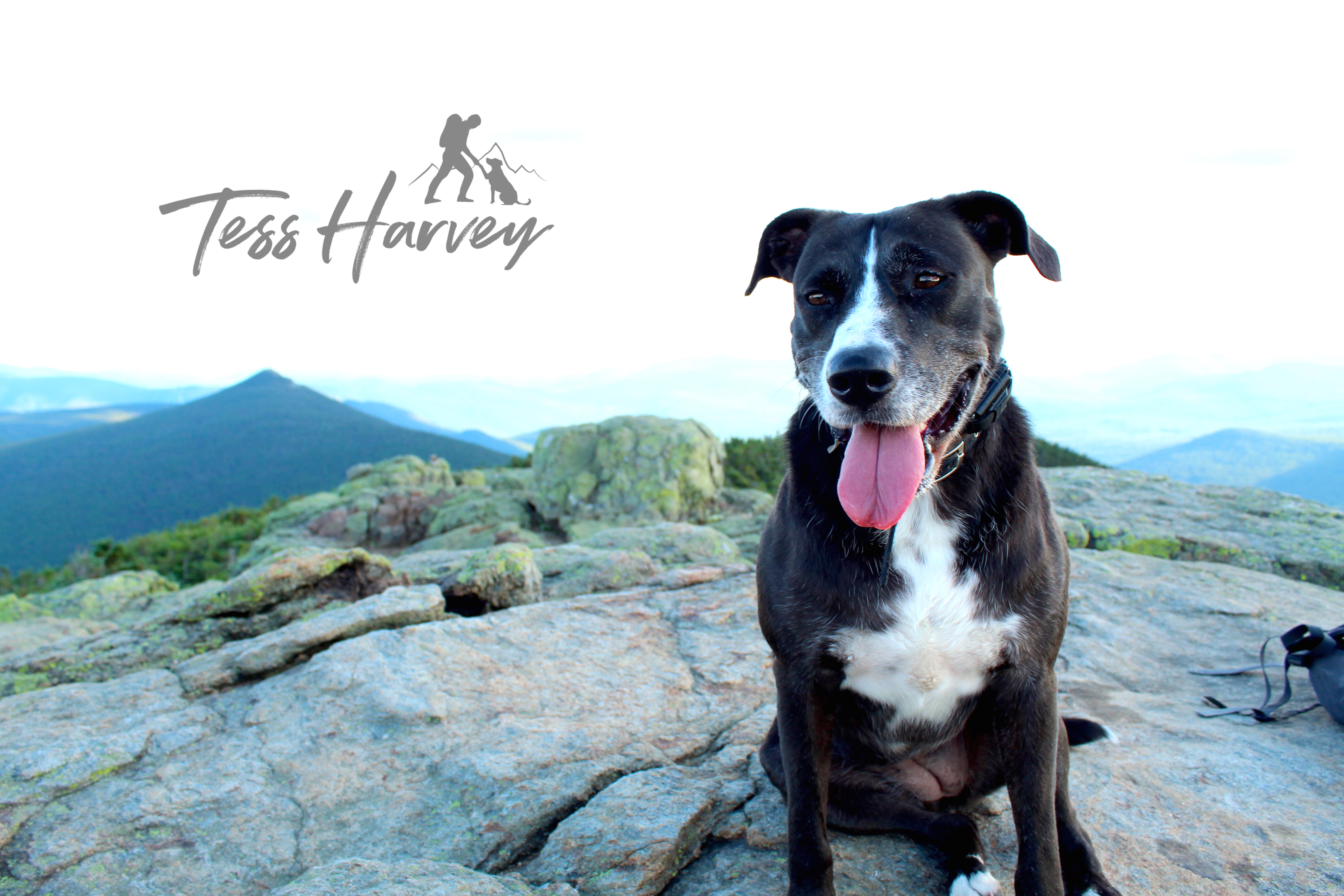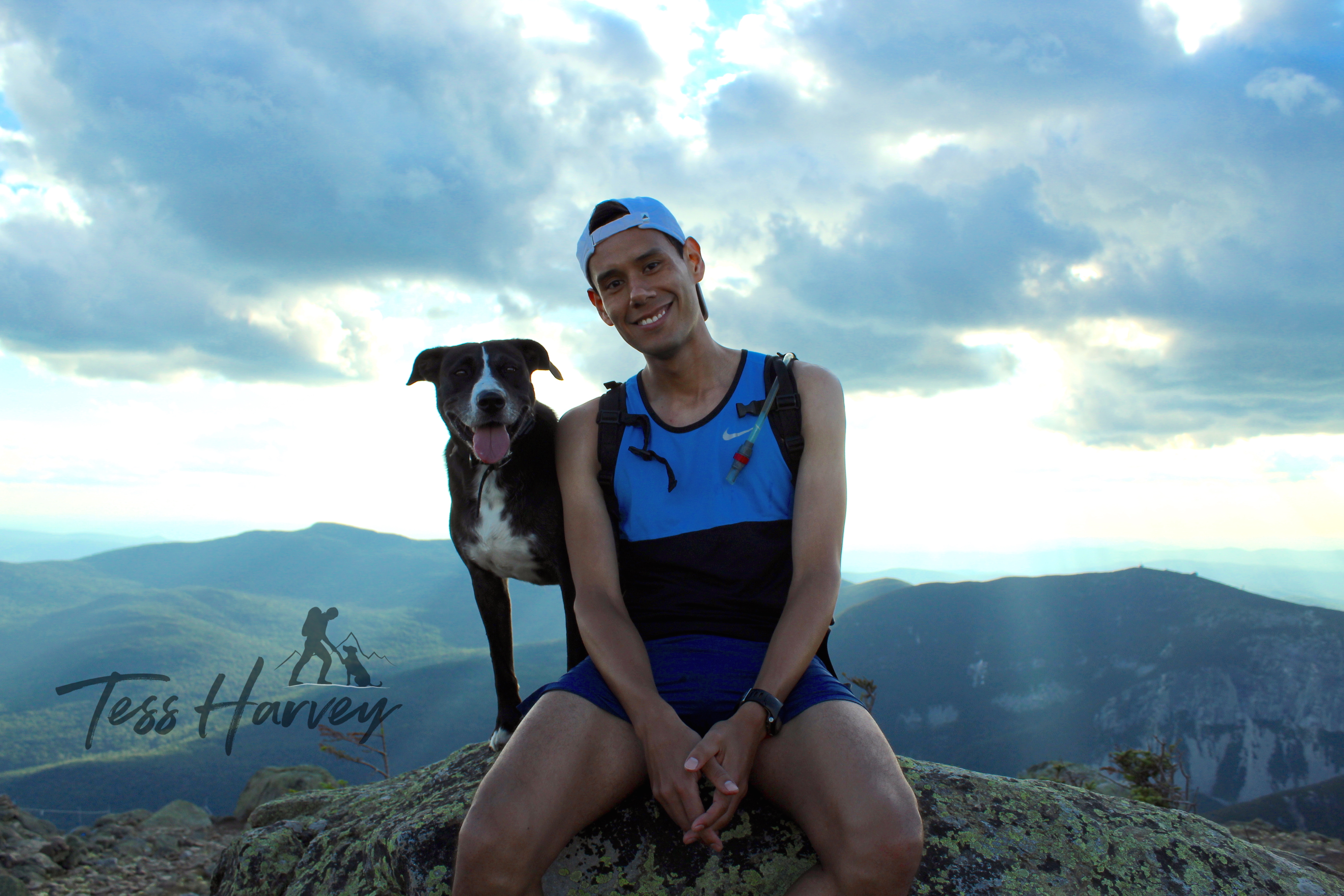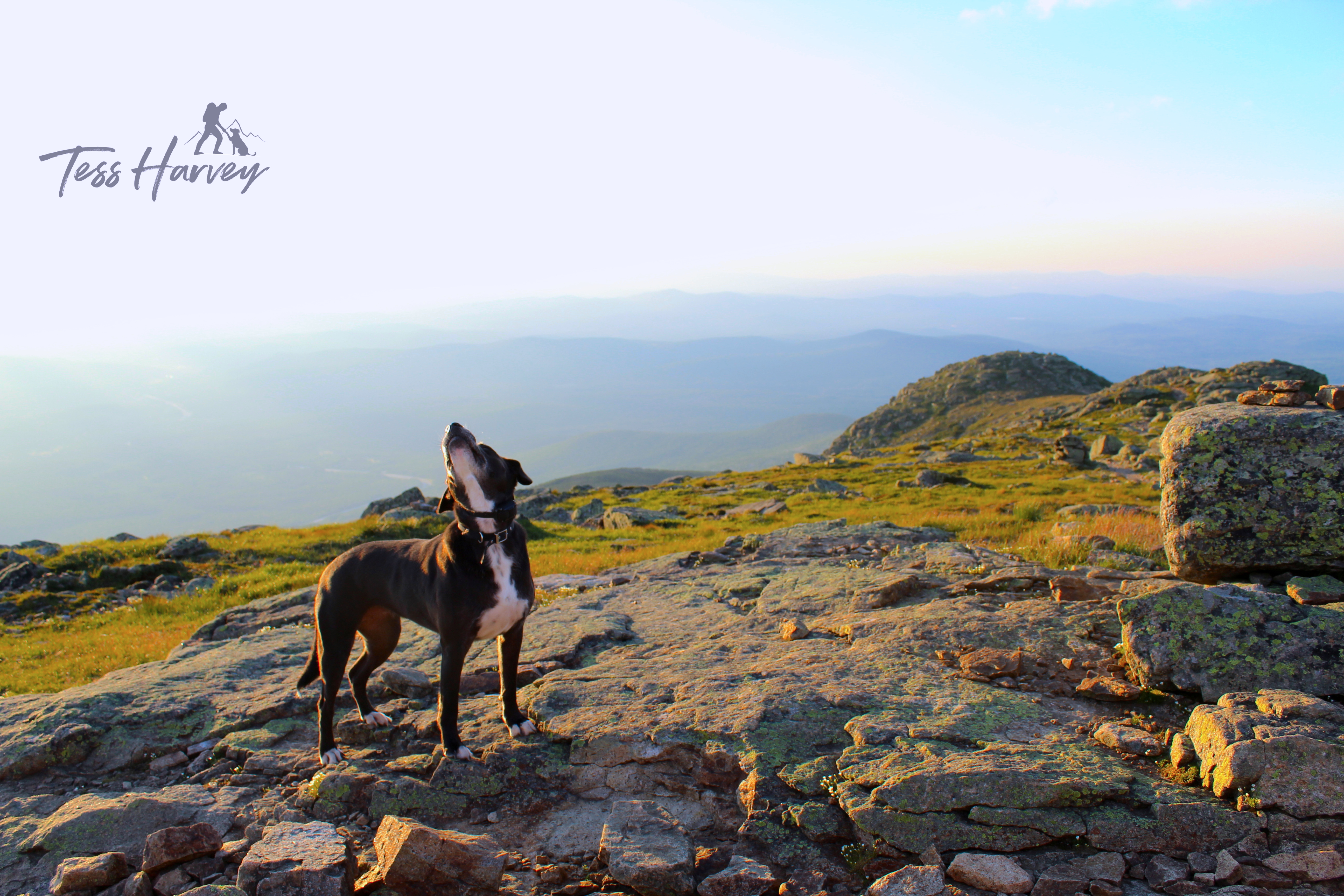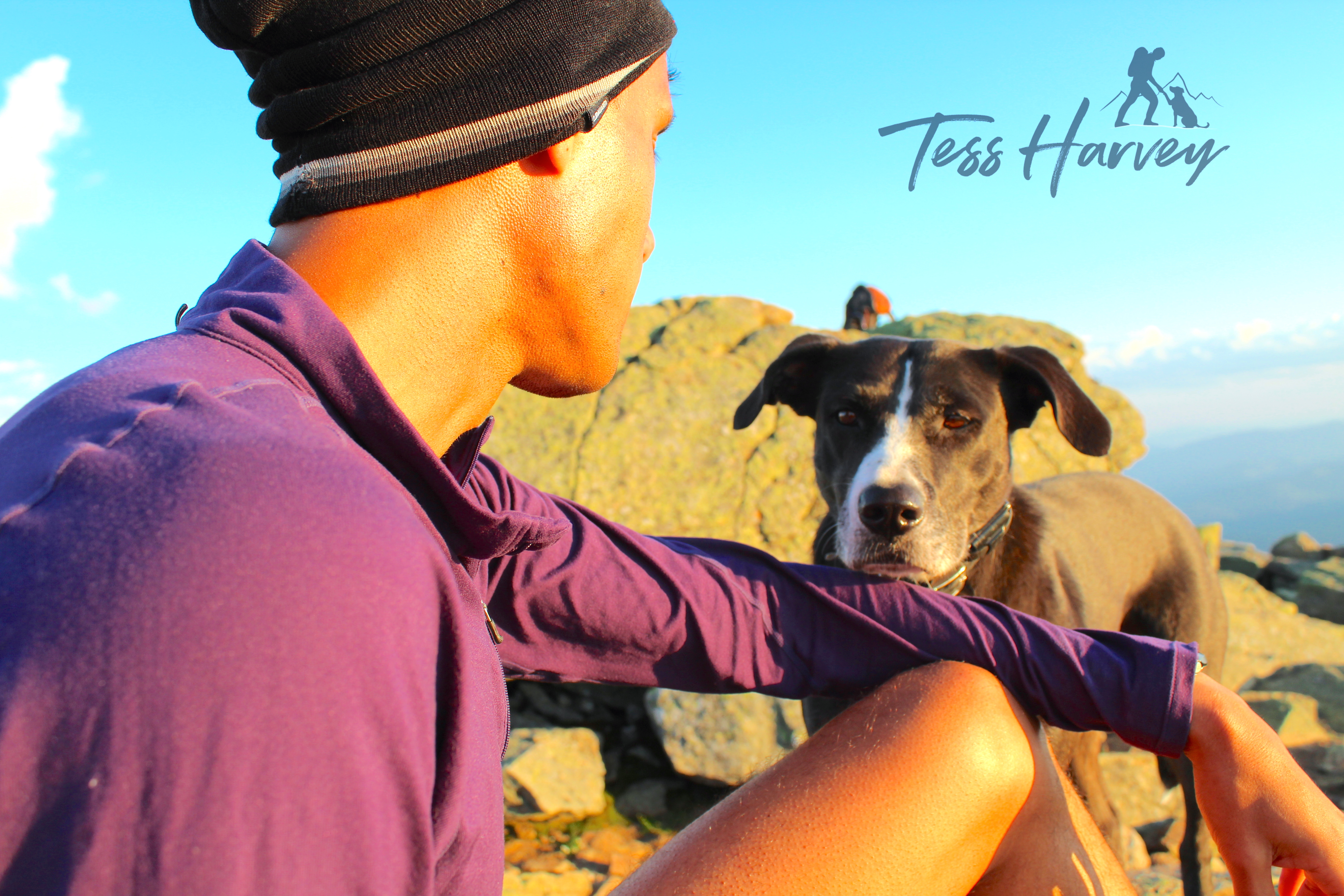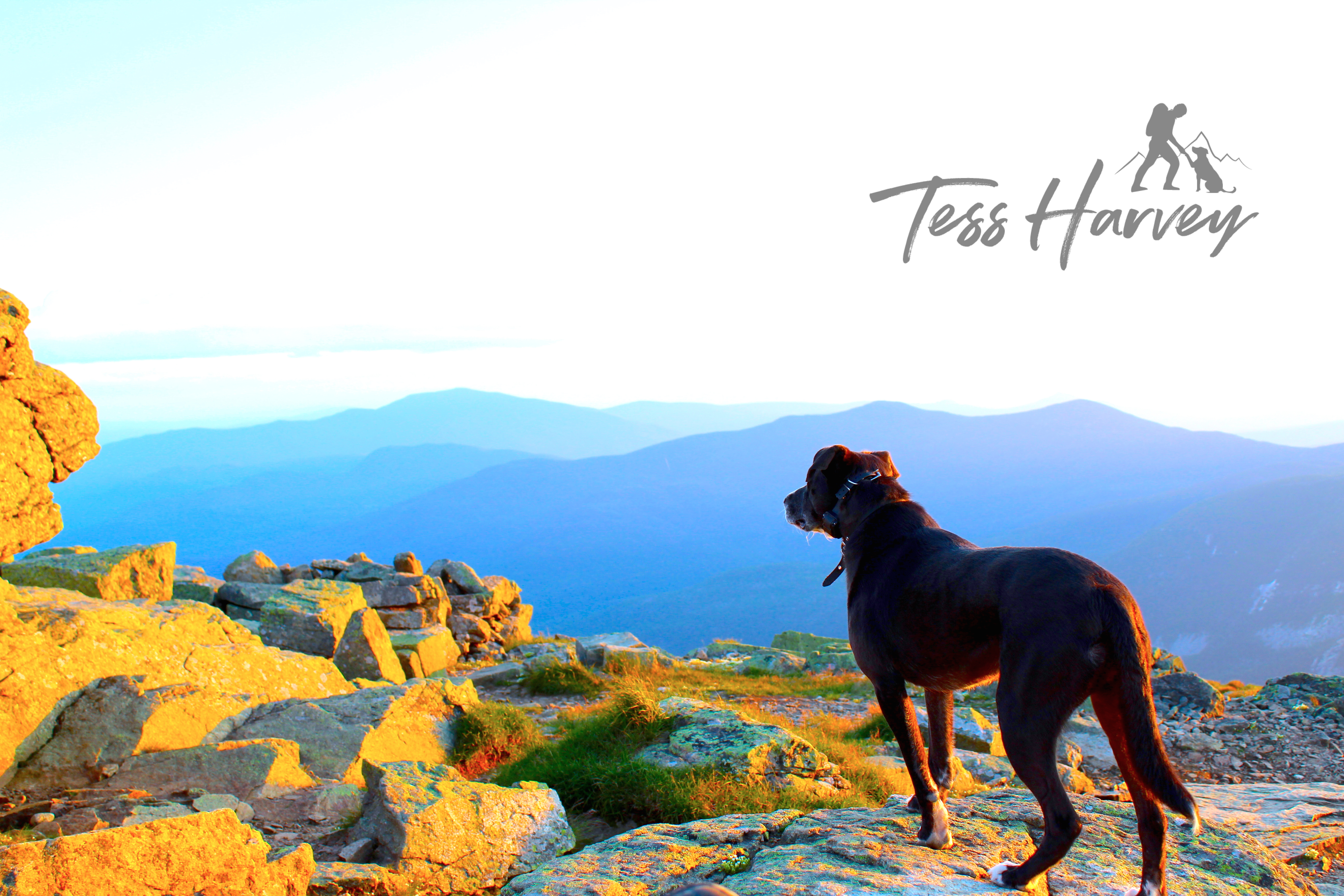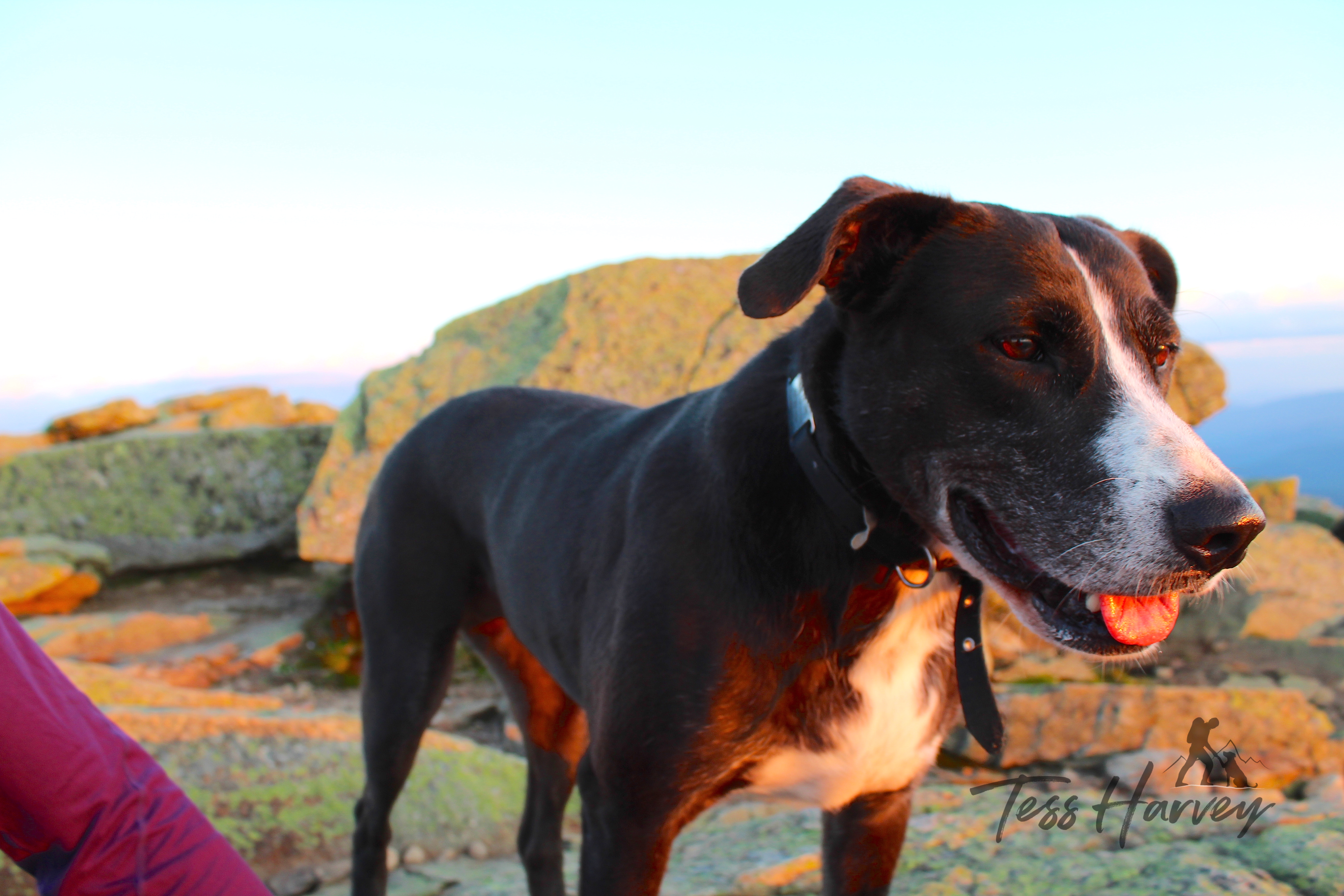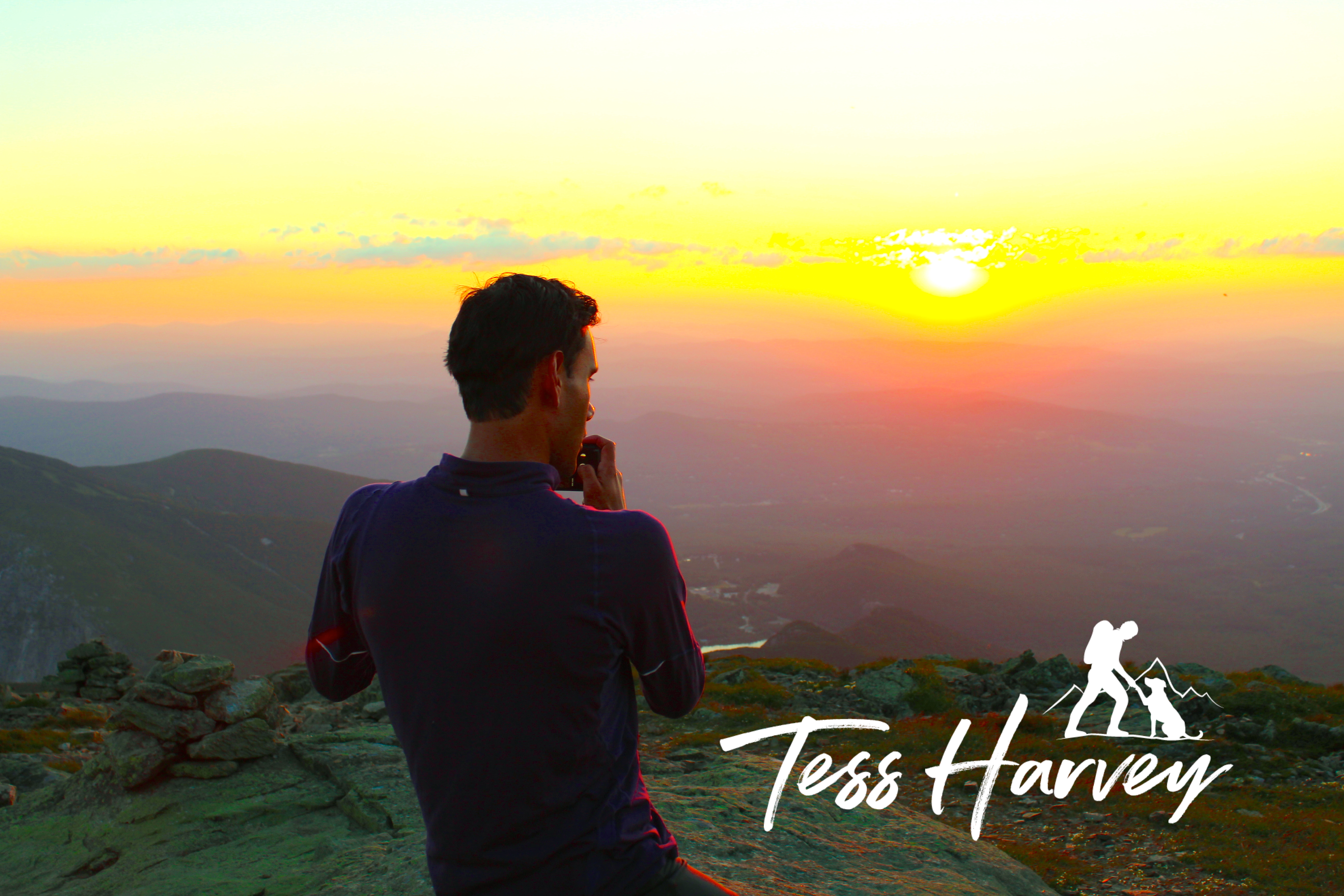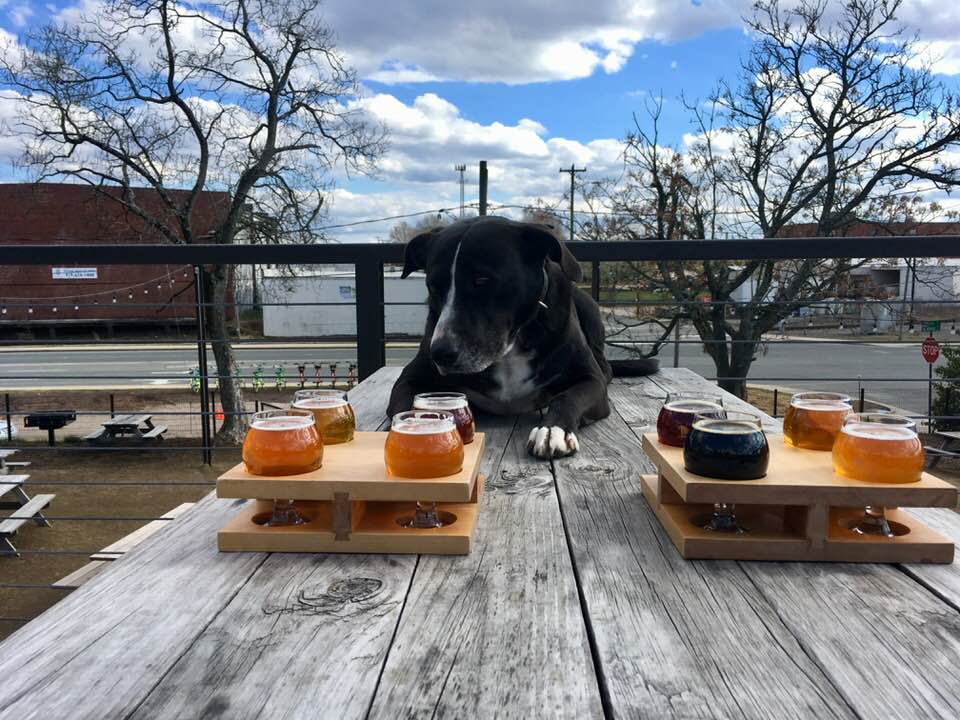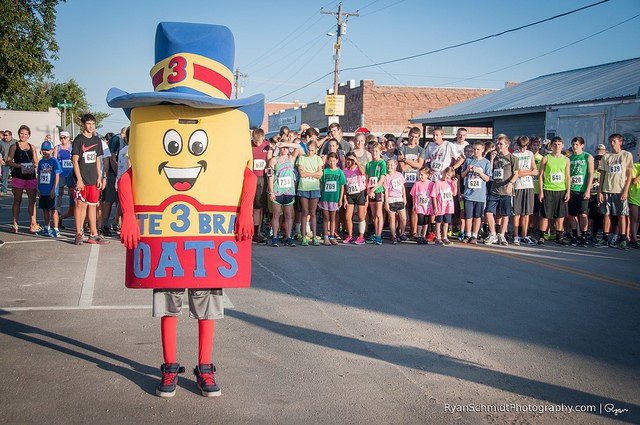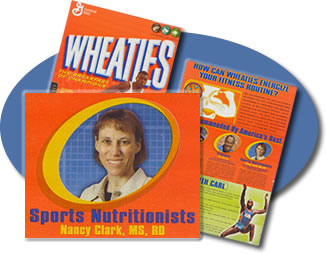How do I even write this?
It’s approaching 10am on Wednesday, 5 days after I started and 4 days after I finished the Massanutten Mountain Trails 100-mile ultramarathon (affectionately referred to henceforth as MMT100). I haven’t written up a race report or a blog post in many moons, but I think this is the best way for me to process the experience for myself, so I’ll give it a whirl.
Just to recap where my body and mind has been in the past 2 years, I failed at my first 100-mile attempt at Cascade Crest in 2017. I dropped out halfway after experiencing IT band pain early and treating it with painkillers early. Of course, dropping out was the right thing to do, there was no way I would be able to finish before the cutoffs anyway and on top of that, the course that year finished with a 3,000ft descent which would’ve murdered my IT band and likely put me on the injured list for a while.
Regardless of the reasons, I am my own biggest critic. I had tried something and failed at it and I couldn’t let that go. I was not being very reasonable or giving myself a break about it—there are many external reasons why I failed that have nothing to do with strength and mental toughness. Even the strongest runners don’t have the best days and don’t always hit their goals. I know I tend to beat myself up about these things, and this was no exception.
I set my sights on regrouping, having some fun long trail days, and then feeding my appetite with another 100-mile race in 2018. I had looked at IMTUF in Idaho as my next attempt, but I didn’t even get a chance to start training for it, as pulmonary embolisms sidelined most of my 2018. I was diagnosed and hospitalized in early May 2018, but I was able to start gently running again by June 2018. I was finding myself after spending a few months just enjoying being alive—trying new things like rock climbing, stand up paddling, and mountain biking. I started training again with a new mind, new outlook, and some new lung tissue and returned to the race scene in September 2018, rocking out PRs in the 50k and the half marathon distances and finishing a 1st female OA in a 55 miler. Then, just for fun, I ran the Philly Marathon and finished 1st female at a small 5k less than a week after. Things were starting to look brighter for me, I was not only feeling healthier but I was getting fitter. I was working harder and smarter, focusing on exercises that will prevent IT band issues. I always knew I would try the 100-mile distance again, but I just needed to decide when.
When and where would I run my 100-miler?
At this point, I was looking ahead to 2019. This would be a busy year. I intended to write and defend my Ph.D., get a job, possibly move across the country. Where would I find the time to train for a 100-mile race? In terms of life planning, mid-May to early June would best fit my schedule. I start a full-time summer job commitment in July that would require a lot of time and after that, I would be in crunch time for a Ph.D. defense in the Fall. My semester didn’t end until the first week of May so anything prior to that would not work either.
So having narrowed down a time frame, I needed to decide what kind of race I wanted. I am a mountain girl, but Cascade Crest had almost taken a slice of my leg with it. Maybe a mountain race that isn’t quite as much climbing and descending as Cascade, but would I want a flat race like Ghost Train? Hell no, no Tempur-Pedic ultra for me. What about a loop course like Infinitus? No thanks, I’d rather try point to point or all new trails. San Diego? Kind of far away and expensive…
It was kind of appropriate that my mind wandered to MMT100. Many years ago, I had the pleasure of accompanying Dave down to Virginia for him to complete his first 100 miler on that course. It was my first taste of what a real ultramarathon experience was and I had no idea how much that experience would inspire me for the rest of my life. From the sidelines, watching Dave fight for everything and continue through the night back into the day really changed my perspective about possibility and mental grit. I also spent that weekend bonding with Dave’s pacer, Laura Swift, and the formidable Tom O’Reilly (Dragon). I remember holding up signs to make Dave smile—inspired by Dumb & Dumber and Step Brothers (Boats and Hoes!). I remember listening to the Dandy Warhols with Tom, discovering that he and I both appreciated the same style of music. I remember us waking up in the car, parked at the finish line, both confused beyond belief about where we were and why we were there. I remember Bill texting me to tell Dave to remember when a tick bit Lance’s testicle and died, just something to try to make him smile. Seeing Dave finish that race was something I’ll never forget.
That race was attractive to me. I had some history with it. I knew it would be a challenge. The race also has a legacy and a legend attached to it. This year would be the 25th running of MMT100, and most of the runners toeing the start line have run it before. There were many runners who have 5+ finishes of MMT100, including a couple 10+ finishers, and one runner going for sweet number 20. This is a race that keeps bringing people back. It’s not a widely popular race and the race directors and race team don’t spend time and money widely advertising… and they don’t have to. The race is put on by the Virginia Happy Trails Running Club, one of the older trail running clubs in the country.
To enter, there is a lottery. I ended up being one of maybe 40 people who didn’t win the lottery and ended up on the waitlist. My disappointment didn’t last long. Zsuzanna Carlson (who is one of those multiple finishers, and someone I admire deeply) assured me that I would get in off the waitlist. She was correct and sometime in March, I got that email from ultrasignup asking me to confirm my entry. I was in. This email came a few weeks after I had a very successful 100k day at the inaugural TARCtic Frozen Yeti 30 hour race. Things were falling in line.
Training
I’m not going to go in depth with my training, but it took place mostly on roads. I ran a track/speed workout at least once a week. I ran a 100-mile week. I ran multiple 2-a-days and a couple 3 or 4 –a-days. I ran trails, too. I ran the Rim to Almost Rim to Rim (we were turned around 2 miles from the North Rim so it’s not quite a full r2r2r). I ran the Providence Marathon 2 weeks before MMT100, and I ran that fucker fast.
I think there are 2 aspects to my training that helped the most with MMT100. The first is running more than 1 run per day. I have been run commuting for years. It is 3.5 miles door to door of a commute. I extended these commutes to 5 or 6 miles each way. Going for a run and then going for another run is really all an ultramarathon is anyway. You run from one point to another, and then you may or may not take a small break. Then you have to keep running. This type of training helped train my body to go back out there and finish the job.
The other training that I did was not running, but strength training. I used kettlebells and resistance bands to work on strengthening my glutes, hips, and core. I was targeting areas that had given me problems in the past. I focused on exercises like planks/plank variations, bridges, fire hydrants, single leg deadlifts, and banded side steps. I did these exercises or extended stretches every day for 5 – 20 minutes. I genuinely think this type of PT and cross training is why I didn’t get hurt or injured during the race and how I am only a few days after and feeling nearly as good as new.
Okay, now to the stuff you came to read.

Jamison, Mel, myself, and Victor
MMT 100- the night before.
If you want to see the details of the race, please check out the website. I’ll be discussing my race in terms of aid station to aid station (or crew station to crew station) The race boasts 100.6 miles (not the 103.7 miles as it was in years past) and 18,500 ft elevation gain/ 18,500 ft descent. It started at 4:00am on Saturday, May 18 and from then, all runners had 35 hours to finish (3:00pm Sunday, May 19).
Thursday night, my crew and I left Boston for the long drive south. My crew consisted of full-time crewman and my coach Jamison, my boyfriend Victor, and my friend and training partner Mel. I was pretty confident that this group would not only be very effective at keeping me motivated and healthy but that they would all enjoy the experience and have a good weekend themselves.
On Friday, we picked up my bib and stayed for the pre-race meeting before heading off to Luray, VA for dinner and the night. Jamison and Victor went for a little run while Mel and I wandered about and stumbled into Hawksbill Brewery, where we stayed for a few drinks and V and Jamo met up with us. The brewer, David, chatted with us for a while, he was an endurance athlete himself. I highly recommend stopping by here if you find yourself in Luray, the beers were delicious and the atmosphere is lovely. After we left, we stopped at a pizza place next to the hotel where I housed an entire pie. Perfect pre-race ritual.
That night I didn’t sleep at all, nor did I expect to. The alarm was set for 3am for a 4am start and I knew that I would have nerves. I put in earplugs, but then all I could hear was my own heart beating like a goddamn congo drum, so that wasn’t pleasant and relaxing! Soon enough the alarm went off, and it was time to go.
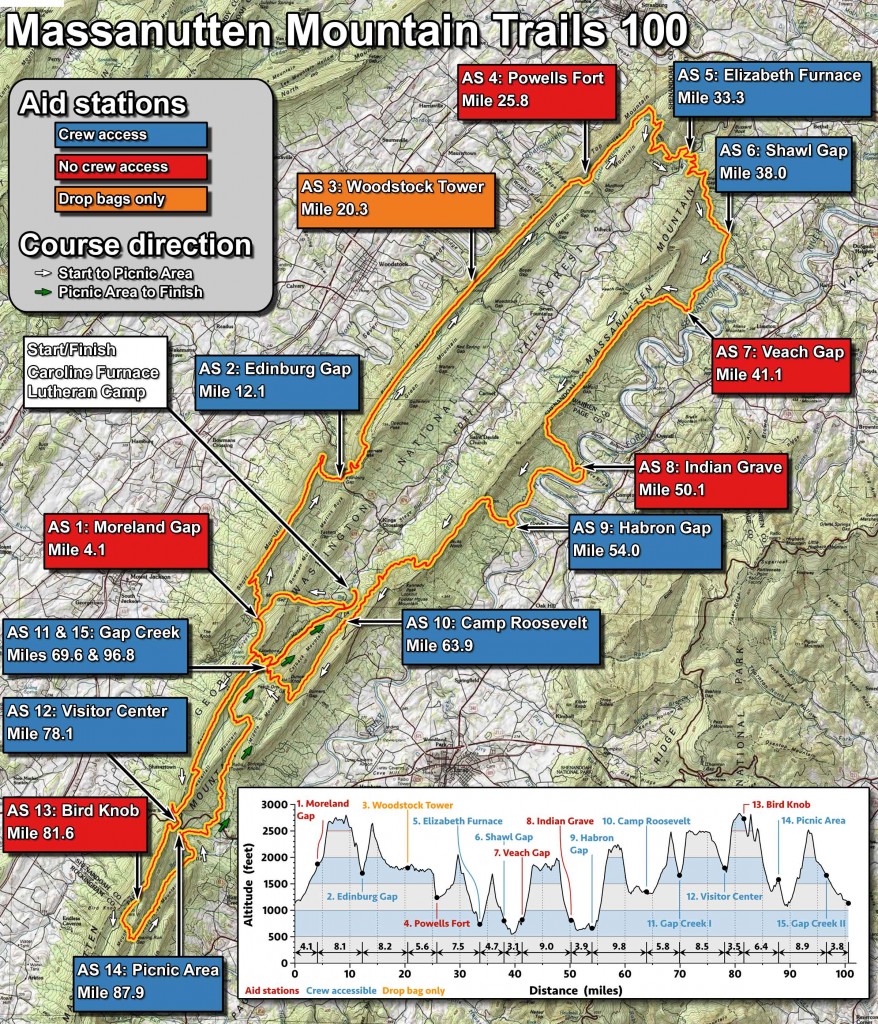
The map and elevation profile for 2019 MMT 100 (100.6 miles)
Start to Edinburg Gap (mile 12.1)
It was 60 degrees with high humidity at the start of the race. The forecast called for possible rain during the afternoon/evening but for now, it would remain dry skies and wet breath. According to Mel, her phone weather app said “100% humidity” which sounds bananas to me, but I believe it I guess.
The race starts with uphill road miles until you turn onto the trail for the first big climb. I was trying to move fast but gently, just warming up. The trail climb was steady and then we popped out onto this ridge. It was starting to get light out, and sunrise on that ridge was stunning. The intense yellows and oranges in the sky over a large dark mountain silhouette painted the perfect picture for a rugged trail race.
The ridge section was a little annoying, as it was packed with people in a single file line and it’s very hard to pass people safely. I just tried to settle in and didn’t worry about my speed. Eventually, we started the descent into Edinburg Gap, the first crew station. I wasn’t feeling great at this point. My body wasn’t adjusted to this type of heat or humidity (and how could it? It was 45 and snowing in parts of Massachusetts last week!) and I had drunk all my water. I was definitely dehydrating and didn’t eat enough, both things that I really shouldn’t be facing so early in the race already.
When I got into Edinburg Gap, I looked awful. I felt as awful as I looked. I asked Mel if I could borrow her bladder and she got it prepped for me. I took some food and salt and then V told me that it was a 2-mile climb out of this spot. I was ready, I knew that I needed water and then things would improve.
Edinburg Gap to Elizabeth Furnace (mile 33.3)
The best lesson that experience with ultra distances has taught me is that lows never last, things “don’t always get worse”. I was only starting this race and the day, I had a long way to go and a lot of time to get there so settle in, drink water, and don’t panic.
Sure enough, leaving Edinburg Gap, I climbed for 2 miles trying to take in water while moving forward. Towards the top of the climb, a woman looking fresh and happy passed me and we shared a hello. She asked how I’m feeling and I told her I was searching for a tree. She laughed and took off while I found my tree. Ever hear that expression, “I have to use the tree.” Yeah.
After a nice big tree usage, I felt amazing. Much like my dog during a run, I was miserable and just needed to take a shit in order to feel better. We aren’t so different, Sky and I.
So after that, I started the ridge portion, rather flat with some down and I started smiling. I was stoked; I persevered through a low and now was feeling great. I caught up to the woman who had passed me and she asked if I found a tree! Her name is Cheryl and she is a multiple time finisher (and a top finisher some years) of this race and she gave me some invaluable advice. She recommended that I take all the downhills for the first 55-60 miles nice and easy and to “pretend that you’re running with your slower friend”.
I immediately said aloud, “Ruby!”
Cheryl said something like “Yeah…whoever.”
I took that advice to heart and, Cheryl if you’re out there, THANK YOU it saved my race. I started slowing down and smiling more. I was holding pretend conversations with Ruby in my head, telling her about the funny crap Mel said at the brewery, or about the cute dogs at the aid stations, about the size of the poop I just took! Ruby pretend quipped back at me and the miles started to pass and my heart was full and I gave into the task at hand, to move through it all for the next 30 hours and just surrender to it without a fight. Embrace the process.
Soon enough I was arriving at Elizabeth Furnace and I felt good. My crew looked relieved that I was back to life and feeling happy.
Elizabeth Furnace to Shawl Gap (mile 38)
Mel talked me into taking my poles for this section. It started to get hot and this section is just a quick climb and descent. My high from earlier was wearing off, which was good. Highs, like lows, don’t last forever and I couldn’t stay that excited for the entire race. It was time to go to work.
At this point, I am still taking the descents easy, but I am killing it on the climbs. I was passing multiple people on climbs and felt like I was holding back. Nonetheless, all the people I managed to pass on the climbs would fly by me on the descents. This made me a little upset, but I kept Cheryl’s advice in my head and thought about how those speedsters might drop eventually when their quads were exploding.
Shawl Gap to Habron Gap (mile 54)
This is a big section and during the hottest part of Saturday. Leaving Shawl Gap is a road section until AS Veach Gap. As it was approaching mid-afternoon and the sun was scorching, I was not enjoying sweating buckets just for existing, let alone running. I had been very good at taking salt, taking 2 salt tabs every hour or two and even was giving salt to runners I saw sitting on the trail looking worse for wear. I was doing so well with nutrition and was well ahead of cut-offs. At this point, I made another decision that also probably saved my race. I refused to run another step until the sun went down. Maybe some more experienced 100 milers will tell me this is dumb, especially with such a runnable 3-mile road section, but it was hot A F and I had all night to make moves.
Lots of people passed me at this point, mostly dudes. Actually all dudes. Where are all the ladies at?! I remember hopping along next to most of these guys already. A few had asked me if I were OK, surprised that I was walking. I said that I was fine, just not insane for running in this heat. I later learned that all but 1 of those runners dropped from the race. Not that I wanted anyone to drop, but I felt really validated in my decision making there.
The climb out of Veach was steep, but I felt great on it and nailed the climb. Then there is a really technical ridge at the top. This trail was ridiculous! You were climbing over boulders and rocks hanging onto the ledge on the side, ducking under fallen trees and climbing over others. I remember laughing at this part, of course, the race takes this trail! It was annoying, but once I recognized how funny the trail was, it felt doable. Just keep plugging away.
Eventually, we dropped to AS Indian Grave and I ate a whole hot dog, grilled cheese, and 2 popsicles. Others at that AS were unable to eat or drink water. I felt like I was in pretty good shape at that point, still able to eat solid, real foods and lucid. I took that as my cue to leave, hit the next 4 miles on the road to Habron Gap and see my crew and pick up a pacer.
Habron Gap to Camp Roosevelt (mile 63.9)
At Habron Gap, my crew (and the crew for some other runner) helped me. I spent a lot of time here getting liquids and Mel and another woman did some blister repair on my feet. Mel was ready to pace me, but I asked if Victor could take me. Another runner I met on course told me that having a crew and pacers meant there was no way I wouldn’t finish— my crew wouldn’t let me. He also told me that getting to Camp Roosevelt was all it took, and pacers will carry me home from there.
So Victor laced up and I got my newly treated feet back into shoes and grabbed a headlamp and we started. The climb out of Habron Gap is the largest of the course. I crushed it like I had been crushing all the climbs the entire day.
It was later this section that I hit another low. I wasn’t able to descend well and my feet were aching. Victor also made an honest mistake and it brought my low even lower. He told me there were 3 miles to the next AS which there was at least 5 more to go. As I heard my watch tick off miles, I wanted that AS more and more and it never came. It was a mistake but it broke me at the moment. I started feeling slow, I felt like I wasn’t moving and if I kept at that rate, there was no way I was going to finish the race. Eventually, after a very long section of 9.8 miles that felt like 20… we got to Camp Roosevelt.
Camp Roosevelt to Gap Creek 1 (mile 69.8)
At Camp Roosevelt, I sat down and immediately got cold. It was well into the night now. Mel was ready to take off with me. An Aid Station volunteer was super helpful. He told us that the next section was wet, inevitably wet. It was the muddiest part of the course and it would be good to wear new shoes and change at Gap Creek 1. With this knowledge, Mel suggested we both wear our shit pair of Topo MT2s that we both kind of dislike. I hate running trails in these shoes, but they are comfortable as all hell to wear. We both put them on and took off on a muddy climb and descent into Gap Creek 1.
The AS volunteer was right, it was so muddy. I was worried about losing my shoe in the mud sucking sections. I aced the climb and felt miserable on the descent, really par for the course for the entire race. Eventually, we arrived at Gap Creek!
Gap Creek 1 to Visitor Center (mile 78.1)
I was sitting by the fire at Gap Creek, trying to get myself motivated. Luckily, I didn’t have to try too hard as a volunteer came over and told me that I had been sitting for 15 minutes and that the fire would be there when I was back at this AS at mile 97.
I totally misinterpreted that to mean that I had 15 minutes until the cutoff and to get my ass in gear. I hopped up and said “Don’t worry, I’m leaving right now.” and then corralled my crew to help me move. They reassured me I had more time than that and another volunteer said I could take an hour nap and be well fine still… but my heart rate was up nonetheless!
A change of shoes and restock of water/food and Mel and I leave for a long chunk of mileage. During this section, we ran briefly with Kevin. Kevin was very friendly and upbeat when we met him up on Kern’s Mountain. His voice and his shirt were jogging my memory…
A few years ago I met an older gentleman at a race in southern MA who was wearing an orange MMT shirt and running in Luna Sandals. I must’ve chatted with him for no more than 3 minutes, just asking him about MMT since that isn’t a shirt or a race I hear a lot about up in the Boston area. He had run it a couple times at that point and said how great it was, how the race is well put on, and so on. I told him I had been down there years ago and congratulated him on running a hard race. That was the extent of our conversation.
Now, here we are on Kern’s mountain, 70 miles into MMT and I see him wearing the same shirt. I asked him if he was from Massachusetts by any chance and when he said he was, I told him how I recognized him and he was very excited about that. It was great to talk with him about racing and TARC events, it helped pass some time. I asked him for advice, as I had been doing to all friendly multiple MMT finishers I met so far and he cheerfully gave me some about missing turns and moving forward. Later in the race, when the sun comes up and we see Kevin again, Mel recognizes him, too from Traprock. Small world, right?
We pass Kevin and I start to get emotional. I cried for a long time, thinking about friends and about life. It felt good to cry, I needed it and that I was fighting it for too long. I don’t know how long I actually cried for, but it felt like forever and it felt GOOD.
Eventually, I get it together and Mel and I cross the highway and end up at the Visitor’s Center. This is where I quickly cried again upon seeing Zsuzanna at the Aid Station, doing that look where she stares at you until you see her and then she smiles. I burst out into tears, just exhausted and surprised and so happy.
Visitor’s Center to Picnic Area (mile 87.9)
Prior to arrival at the Visitor’s Center, I was sad. I was slowing down and felt unsure if I would make it. Mel told me I still had tricks up my sleeve. I hadn’t taken ANY caffeine yet and so we could start that at this aid station. I also hadn’t taken any Advil or Vitamin I at this point, so I could take that too and ride both of those tricks into the finish.
At Visitor’s, I drank some coke and Mel told Jamison to get me some Advil. Of course, there’s no way for anyone to know this, but when I think “Advil”, I just think general painkiller. It does not specifically have to be Advil. In fact, I brought Aleve to the race because that always seems to do me better during races.
But, Mel said to get 3 “Advil” and the only bottle of pills in my box that was Advil brand was “Advil PM”. So Jamison grabbed 3 pills and put them in my hand. I stared at them. I recognized that they were not liquid gels or little red Ibuprofens, but I put them in my mouth and swallowed anyway.
Yeah, my crew just gave me 3 Advil PMs at mile 78 of my 100 miler.
Oh well, off I went! 2 more climbs, sunrise is soon, and I took caffeine and Advil so I could crush the last 22 miles of this thing.
The climb out of Visitor’s was another one that I crushed. The sun was starting to light up the sky above and beyond the foreboding ridge of the Massanutten Mountain. There was still a full moon creeping to the west. This was, by far, the best view of the race for me. My Advil was kicking in, I ran from the top of the climb to the AS at Bird Knob. The sun was up; Mel and I didn’t stay too long. We headed out.
I was heavily hallucinating at this point. All trees, rocks, and leaves had patterns in them, reminding me of some of the more fun drugs I used to take in college. I remember telling Mel some of the weird shapes that were emerging. I pointed to a bunch of rocks and told her “this one looks like the Liberty Bell. That rock over there is the front end of the Titanic.” She pointed to a rock and asked what I saw, to which I replied without missing a beat “A Scotch tape dispenser.” Mel, being the invaluable asset that she was, made me take 2 more salt tabs immediately.
We descended a lot on the way to Picnic Area, I felt really suddenly sleepy. I stopped to sit on a rock at one point to eat something. Every time I closed my eyes, even to blink, I was falling asleep. It just came on so strongly and so swiftly that I thought back to those pills. I asked Mel if they gave me Advil PM, to which she said “No, definitely not.” and she reminded me that I had been moving for 28 hours or whatever and that I was tired. That made sense, but I had a feeling that I was drugged.
We ran a lot of this section after I got up off the rock. If I kept my eyes open, I wouldn’t fall asleep. I chewed chocolate covered espresso beans and just kept running. I hit another small low and the climb up to Picnic Area was longer and dragged on more than I thought it would, but eventually we made it and I knew I had less than a half marathon to go.

Photo at Bird Knob AS, an hr after taking 3 Advil PMs. Can you tell?
Picnic Area to Gap Creek 2 (mile 96.8)
After a small pity party that I threw for myself at Picnic area, and a minor freakout about cut offs (which I was in no danger of missing, but was convinced that I was), Mel dragged my ass off. It took a little while to get going, but eventually we gathered some momentum and started up the final climb of the race. Mel was reminding me to eat and drink, and I listened to her as much as I could. I was getting frustrated with this final climb. One section of it was through a creek, and I was tired of trying to avoid the water. I had one final pity party, where Mel finally stopped trying to convince me that I wasn’t going to get cut off and gave into my mental struggle and told me we better hurry up then. She made me run sections I didn’t want to run, she was honest with me while also honoring me when I needed to walk a section. It was a perfect balance of getting the job done. There is a long road into Gap Creek 2 and I finally started to believe that I would finish the race.
Not until this point did I ever really know if it were going to happen. I told Mel and my crew this after the race, but I never believe in myself. Whether I am toeing the start of a 5k or a 50k, I never think I can finish it. I am just used to filling my mind with so much self-doubt. It is a flood of relief when the point in the race comes when I know I am doing it or will finish the job. Again, I know I am my own biggest critic. I think I could write an entire post about believing in yourself or rather a lack of doing so.
Arriving at Gap Creek 2, I told Mel I didn’t want to sit or stop. I would toss a fistful of food into my mouth and then run the 3.5 miles into the finish line.
Gap Creek 2 to Finish (mile 100.6)
After one giant handful of Pringles, I left Gap Creek 2 and hit the road. This final section was ~ 3 miles of rolling road and descent until a final small trail section to the finish. After 32 hours of being on my feet in the Massanutten mountain, I was ready to finish this thing. Together, Mel and I ran the entirety of this section, passing lots of other runners (including our friend Kevin) and I crossed that finish line with a near sprint.

No pain, no champagne.
I was so relieved, so tired, and so happy. I still am relieved, tired, and happy. I got my belt buckle, had champagne, and tried to eat some food. My crew came over and we celebrated before heading off to recover.
MMT 100 is a brutal, but forgiving course. The climbs and rocks are challenging, but the cutoff is generous. The mountain ridge is mysterious and venerable, the silhouette during dawn and dusk looks like a giant monster, hiding in the shadow. The climbs are tough, some steep, some technical, but they always end with a reward at the top. The heat and sun beat a lot of runners up, but I managed to escape without as much as a sunburn. During the last 50k of this race, I was miserable at points, wondering why I don’t stick to smaller, shorter distances (like only 50 miles or 50k), but there is something to be said for trying something that you have the huge potential to fail in. A hot, mountain 100 miler is certainly that type of challenge and I’m proud to have finished it.
There’s a great, fake saying that I think Al Gore guest starring on 30Rock says best that really sums up how I feel about my MMT 100 experience:
You know, there’s an old African proverb that I made up: ‘If you want to go quickly, go alone. If you want to go far, go together.’ We need to go far, quickly.”
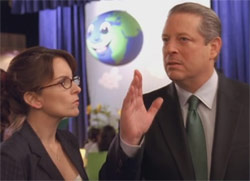
Shh! A whale is in trouble.
Far, quickly.

Finally, something to help keep my pants up and my belt tight.
38.842370
-78.427560











